An in-depth guide to dye sublimation printing
Share
Imagine creating vibrant, long-lasting prints on a wide variety of materials, from apparel to home décor items, and even promotional products.
Dye sublimation printing offers this versatility, making it an ideal choice for personal and professional projects.
In this comprehensive guide, we’ll dive into the world of dye sublimation printing, covering everything from the science behind the process to essential equipment, popular applications, expert tips, and a step-by-step guide to getting started.
Key takeaways
- Dye sublimation printing is a specialised technique that utilises heat and ink to transfer vibrant, fade-resistant images onto various surfaces.
- Essential equipment for dye sublimation printing includes printers, inks, and heat presses.
- Dye sublimation offers superior print quality and durability compared to other popular methods, such as screen printing or inkjet printing.
What is dye sublimation printing?
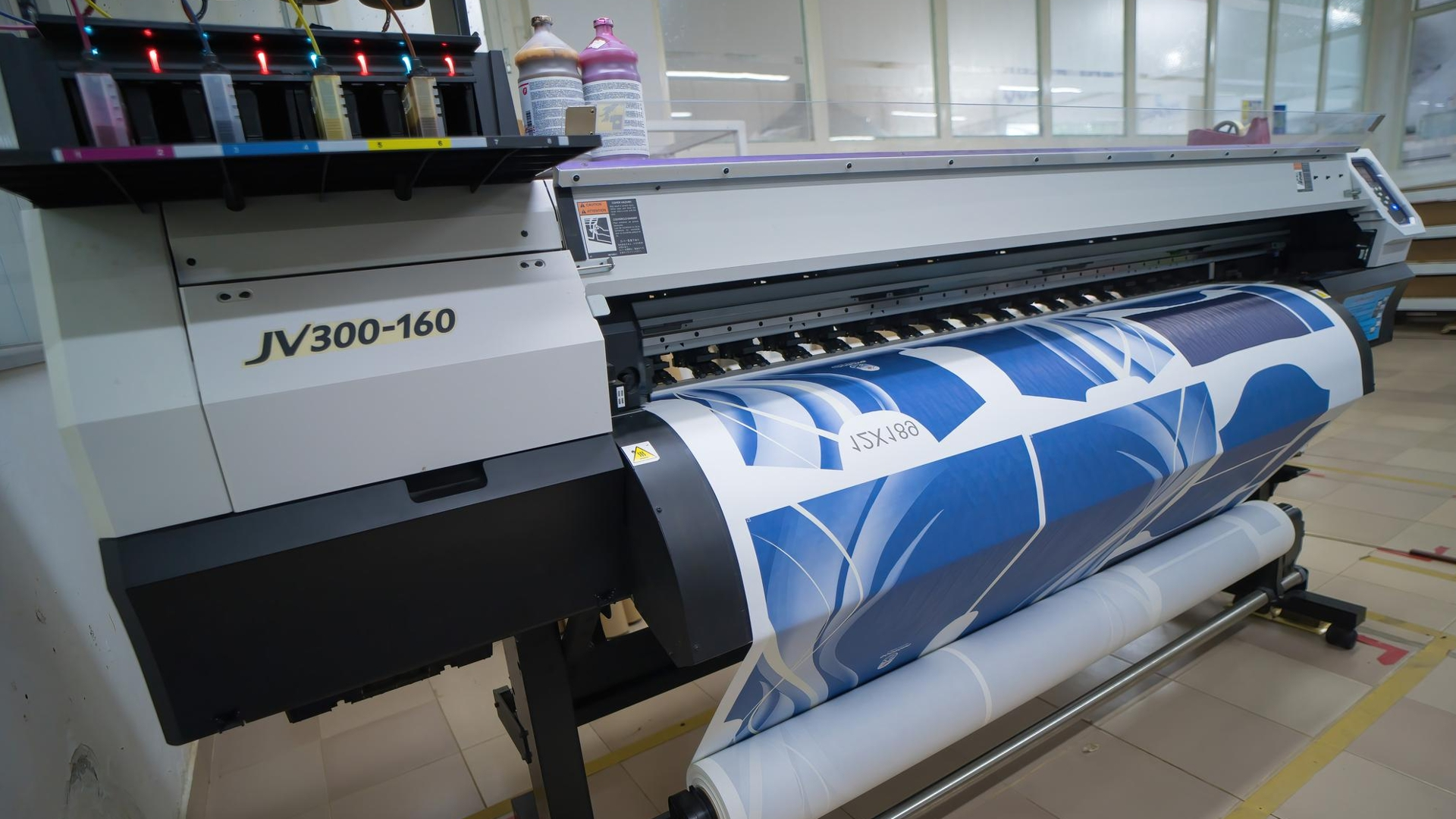
Dye sublimation printing is a reliable and adaptable technique that utilises heat and specialised ink to transfer images onto various surfaces, including:
- Polyester fabric
- Coated surfaces
- Clothing
- Signage
- Flags
- Phone cases
- Plaques
- Mugs
- Mousepads
- Puzzles
- Coasters
- Oven gloves
- Wood
- MDF
Unlike traditional inkjet printers, dye sublimation requires a specific type of printer that is compatible with sublimation inks. The process involves ink transitioning from solid to gas form, forming a permanent bond between the ink and the surface being printed on. This results in high-quality, durable prints on a variety of materials.
The advantages of dye sublimation printing include:
- Vivid colours
- Durable prints
- Capability to print on a wide range of materials
- Fade resistance
- Continuous tones
- Ability to create full-colour images on polyester fabrics and sublimation friendly surfaces
Dye sublimation printing outperforms other printing methods, such as screen printing, in these aspects.
The science behind dye sublimation
In the dye sublimation process, the ink transitions from a solid state to a gaseous one, forming an everlasting bond with the material its printed on. To achieve this, the process involves the following steps:
- Use a special transfer paper to hold the sublimation ink.
- Press the transfer paper onto the substrate using a heat press.
- Apply extreme heat (350-420 °F) and pressure during the pressing process.
The ink evaporates and penetrates the pores of the textile, resulting in a permanent, full-colour image. This unique process leads to enhanced printing quality and ease of use, making dye sublimation a popular choice for various applications such as:
- Custom apparel printing
- Promotional products
- Sports jerseys
- Home decor items
- Flags and banners
Advantages of dye sublimation printing
Thanks to its unique process, dye sublimation printing offers several advantages over other methods like screen printing or inkjet printing. For starters, the prints produced remain intact without any cracking, fading, or peeling from the substrate under normal conditions. This durability means the fabric can be washed without compromising the quality of the image.
Additionally, dye sublimation printing allows for more vibrant colours due to its ability to create continuous tones, resulting in sharper and more vivid prints than other methods.
Essential equipment
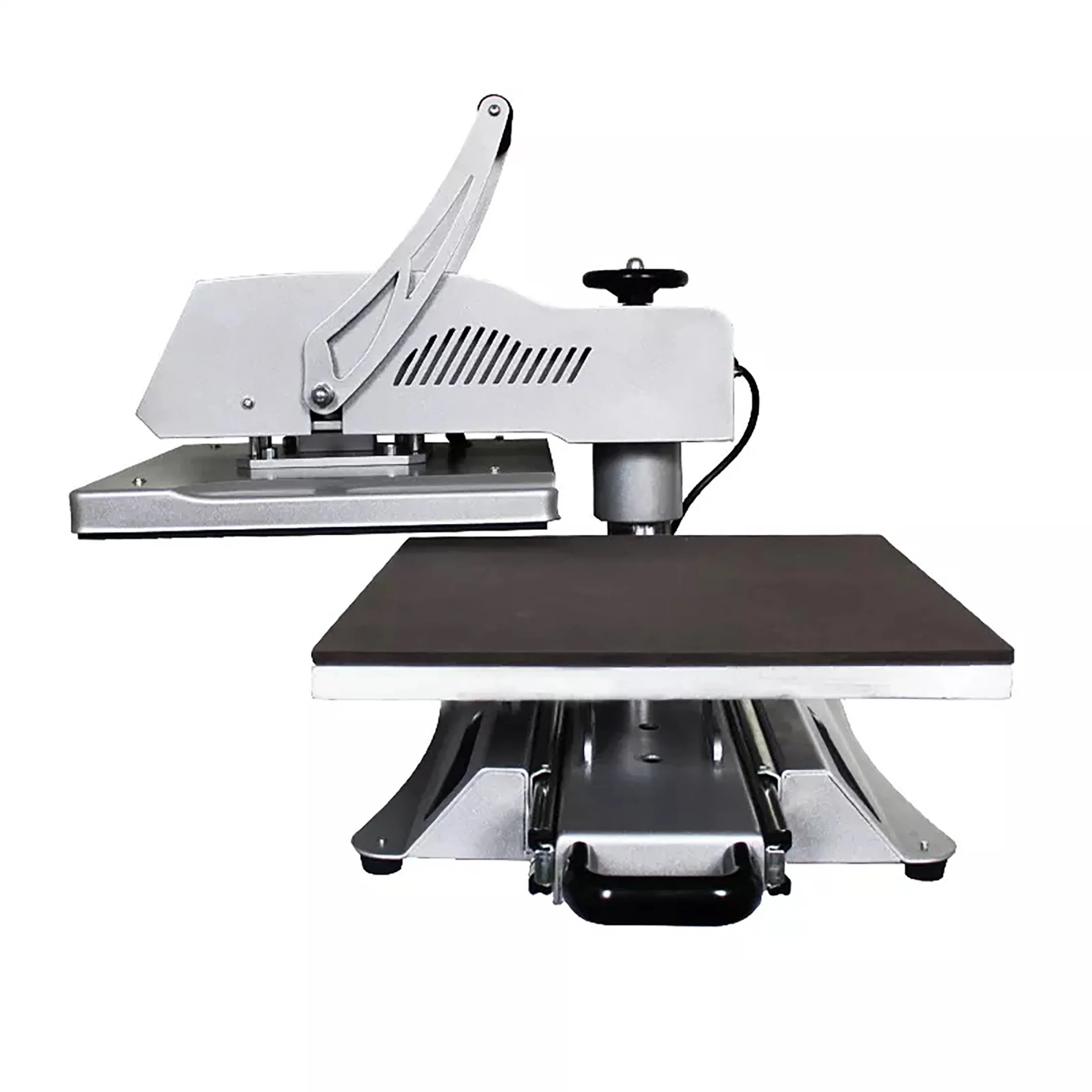
To get started with dye sublimation printing, you’ll need the essential equipment, which includes printers, inks, and heat presses.
Dye sublimation printers are specifically designed to print on polyester fabrics and other materials that are compatible with sublimation inks. Sublimation inks, on the other hand, are specifically formulated to transfer onto polyester fabrics and other substrates that are compatible with sublimation inks.
A heat press is used to transfer the dye sublimation inks onto the substrate, with different sizes and styles available to suit the size and type of projects you plan to produce.
Choosing the right printer
Selecting the right dye sublimation printer is crucial for achieving the best results. Factors to consider include price, ease of use, upkeep, longevity, and capabilities. Some of the most reliable and comprehensive models include Sawgrass, Epson SureColour F170, Epson EcoTank, and Epson Workforce.
Selecting an inkjet printer that aligns with your requirements guarantees vibrant, intricate, and durable dye sublimation projects.
Selecting sublimation inks
The selection of suitable sublimation ink is also integral to the success of dye sublimation printing. Dye-sub inks, or disperse dyes, are specifically designed for use with dye sublimation printers and transfer paper. To select the most suitable sublimation inks for your printer and project requirements, it’s crucial to consider factors such as compatibility with your printer, colour vibrancy, and durability.
A judicious choice of sublimation inks guarantees superior print quality and enduring outcomes for your projects.
Picking the perfect heat press
The heat press, which transfers the ink onto the substrate via heat and pressure, is a key player in the dye sublimation printing process. Heat presses come in various sizes, styles, and price points, so it’s essential to choose the right one for your projects.
Some popular options for heat presses include:
- DK20S Professional Heat Press from Geo Knight & Co.
- EasyPress
- Cricut Autopress
- Hat press
- Mug press
- Tumbler press
These options can be used for heating sublimation transfers onto surfaces.
Choosing the right heat press guarantees uniform and superior results for your dye sublimation projects.
Popular dye sublimation projects and applications
Dye sublimation printing is incredibly versatile and can be used for a wide range of projects and applications, such as:
- Custom printing on t-shirts, mugs, cell phone cases, mouse pads, and more
- Dye-sub photo printing for medical imaging, graphic arts proofing, security, and broadcast-related applications
- Personalising mugs with dye-sublimation
- Creating multi-coloured designs on t-shirts and other fabric items through sublimation printing.
Whether you’re looking to create apparel, home décor, or promotional products, dye sublimation printing offers endless possibilities.
Apparel and textiles
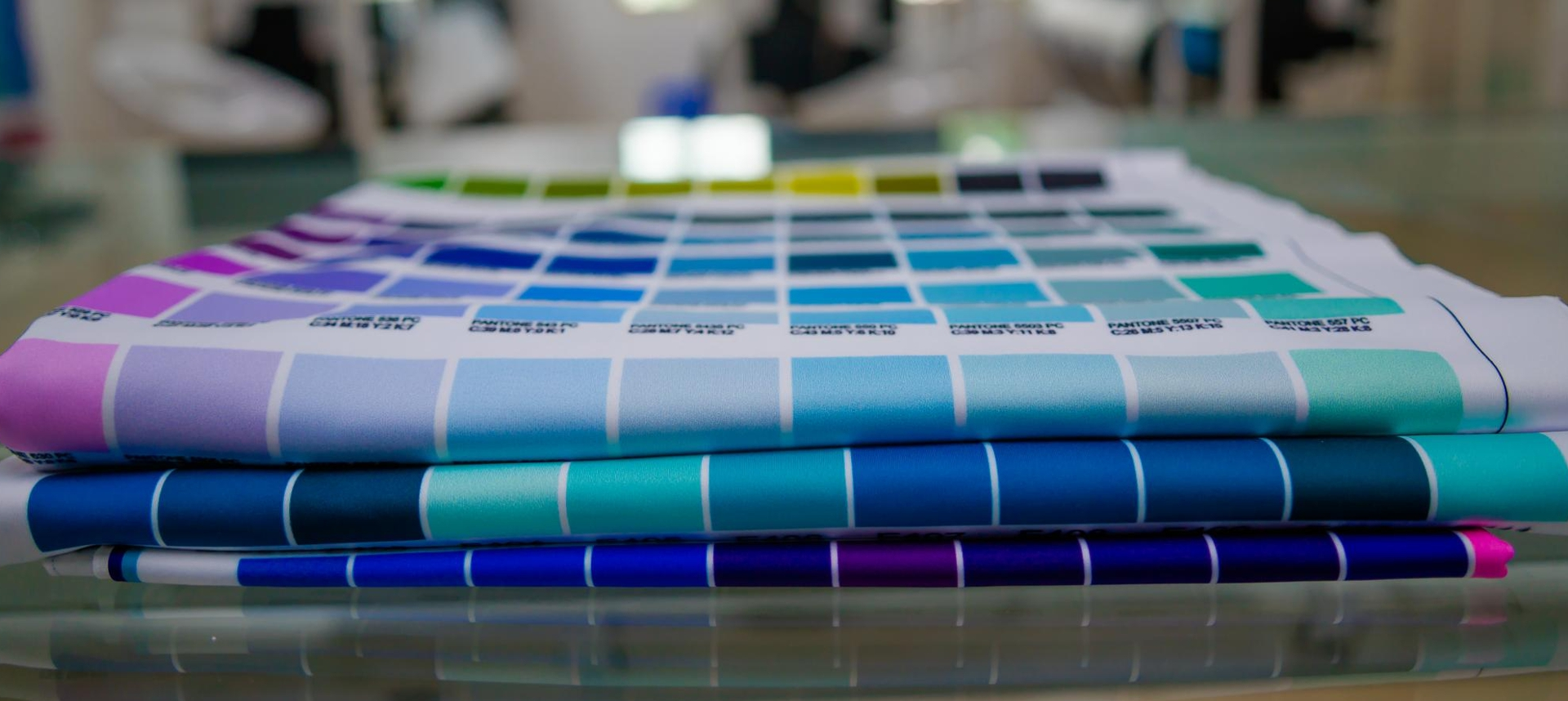
Dye sublimation printing is widely used in the apparel and textile industry for creating sportswear, fashion items, and custom designs on polyester or polyester blend fabrics. The process involves printing the design onto special transfer paper, which is then pressed onto the fabric using a heat press.
The result is a permanent, full-colour image that is resistant to fading and cracking. This makes dye sublimation an excellent choice for creating durable and vibrant apparel and textile products.
Home décor and gifts
Dye sublimation printing can also be used to create stunning home décor and gift items, such as:
- pillowcases
- curtains
- coffee mugs
- aluminum and wood boards
- keychains and bookmarks
- ceramic tiles
- and more.
The key to successful dye sublimation printing on these items is to use surfaces with a polymer coating or made of polyester fabric. With dye sublimation, you can create personalised and unique home décor and gifts that are both beautiful and long-lasting.
Promotional products and signage
Dye sublimation printing is perfect for producing promotional products and signage. It offers high-quality, vibrant prints and durability. Businesses can use dye sublimation to create:
- Eye-catching banners
- Flags
- Posters
- Branded merchandise
These products, in their solid form, can effectively showcase their brand and message.
Polyester fabrics, polyester-coated fabrics, and polyester-coated rigid substrates are the most appropriate materials for dye sublimation printing for promotional products and signage. With dye sublimation, you can create promotional products and signage that stand out and leave a lasting impression.
Tips for successful dye sublimation printing
Adhering to expert advice and best practices is key to ensuring successful dye sublimation printing. From preparing your substrate to setting the correct temperature and time settings, and troubleshooting common problems, this section will provide valuable insights to help you achieve the best results for your dye sublimation projects.
Adherence to these guidelines guarantees successful dye sublimation projects.
Preparing your substrate
Preparing the substrate properly is key to achieving the best print quality and durability. First, make sure to use special sublimation paper that is designed to hold the sublimation ink.
Next, ensure your substrate is clean and free of any debris or residue that could impact the final result. Following the manufacturer’s guidelines for substrate preparation will help you achieve the best possible results for your dye sublimation projects.
Temperature and time settings
Correct temperature and time settings are fundamental for successful dye sublimation printing. The recommended temperature for dye sublimation printing is typically between 375°F to 400°F, and the recommended time is usually between 35 to 75 seconds, depending on the product being printed.
Always refer to the manufacturer’s guidelines for your specific printer and substrate to ensure you achieve the best results.
Troubleshooting common problems
As with any printing process, dye sublimation can sometimes encounter issues. Common problems include:
- Ink drying out
- Ghosting or double printing
- Paper-related issues
- Blurry transfers
- Blotchy or streaky prints
To address these issues, ensure you’re using the appropriate equipment, set the correct parameters, and consistently clean and maintain the equipment. By being proactive and troubleshooting any issues that arise, you can ensure successful dye sublimation printing and high-quality results.
Comparing dye sublimation printing to other methods
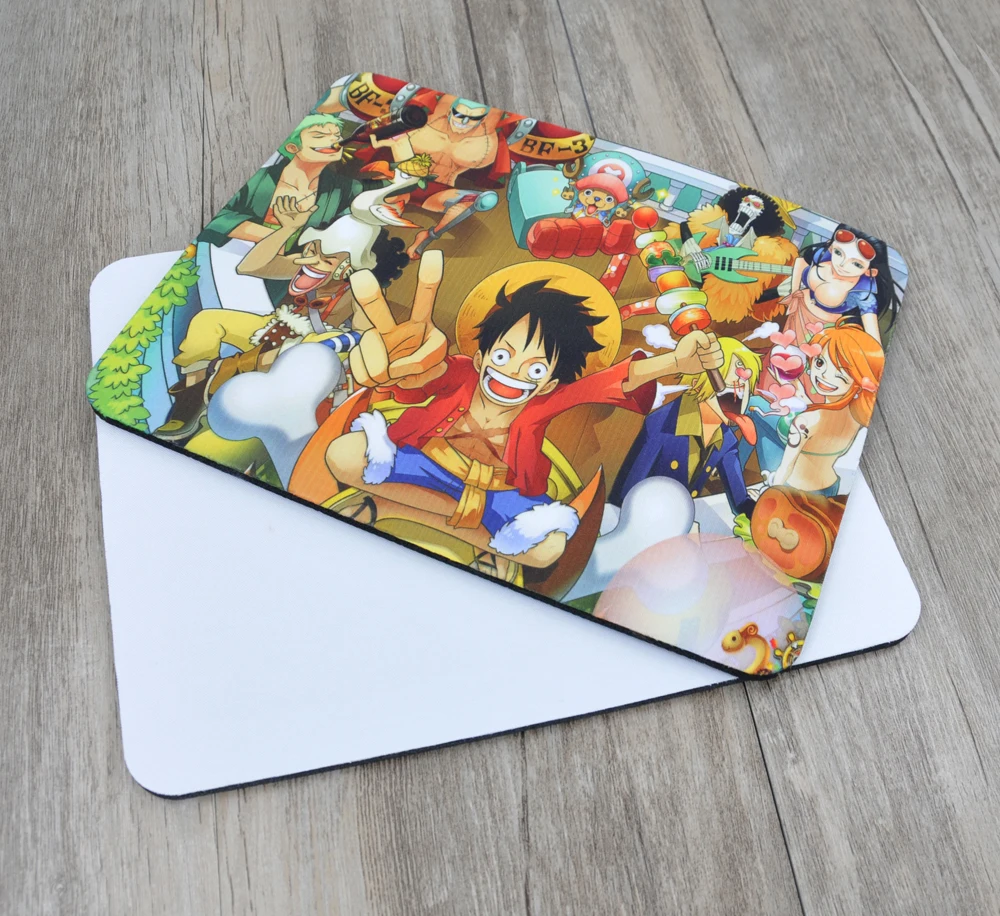
Dye sublimation printing is often compared to other popular printing methods, such as screen printing, inkjet printing, and heat transfer vinyl, to help users determine the best option for their needs.
In this section, we’ll explore the key differences between these methods, highlighting the advantages and disadvantages of each, so you can make an informed decision for your projects.
Screen printing vs. dye sublimation
Screen printing and dye sublimation are two of the most popular printing methods used today. While screen printing involves the application of ink through a stencil onto the surface of the material, dye sublimation printing uses heat to transfer dye onto the material.
Dye sublimation offers several advantages over screen printing, such as more cost-efficient due to reduced setup time and fewer materials needed, brighter colours, and more resilience. This makes dye sublimation the better choice for many applications, especially those requiring intricate designs and vibrant colours.
Inkjet printing vs. dye sublimation
Inkjet printing is another common printing technique, where ink is dispersed onto the material’s surface to generate an image. In contrast, dye sublimation printing is a specialised printing approach that utilises heat to transfer dye onto the material, resulting in a permanent and vivid print.
Dye sublimation prints are sharper and more vibrant than inkjet prints and are more long-lasting, as the dyes are absorbed into the material instead of just resting on the surface. This durability makes dye sublimation an attractive option for those looking for high-quality, long-lasting prints.
Heat transfer vinyl vs. dye sublimation
Heat transfer vinyl (HTV) is another printing option, where a vinyl material is cut into a design and then transferred onto a substrate using heat. While HTV is simple to use and offers a range of colour options, it has some disadvantages when compared to dye sublimation. Some disadvantages of HTV include:
- Vinyl can become cracked and peeled over time
- HTV designs may not be as durable as sublimation prints
- HTV may not be suitable for certain fabrics or materials
On the other hand, dye sublimation is more resilient and offers vibrant, long-lasting prints.
Additionally, dye sublimation prints penetrate the material, creating a more polished and vibrant finish, while vinyl merely adheres to the surface.
Considering these factors, dye sublimation may be a better choice for many projects, especially those requiring intricate designs and lasting durability.
Getting Started with Dye Sublimation Printing: Step-by-Step Guide
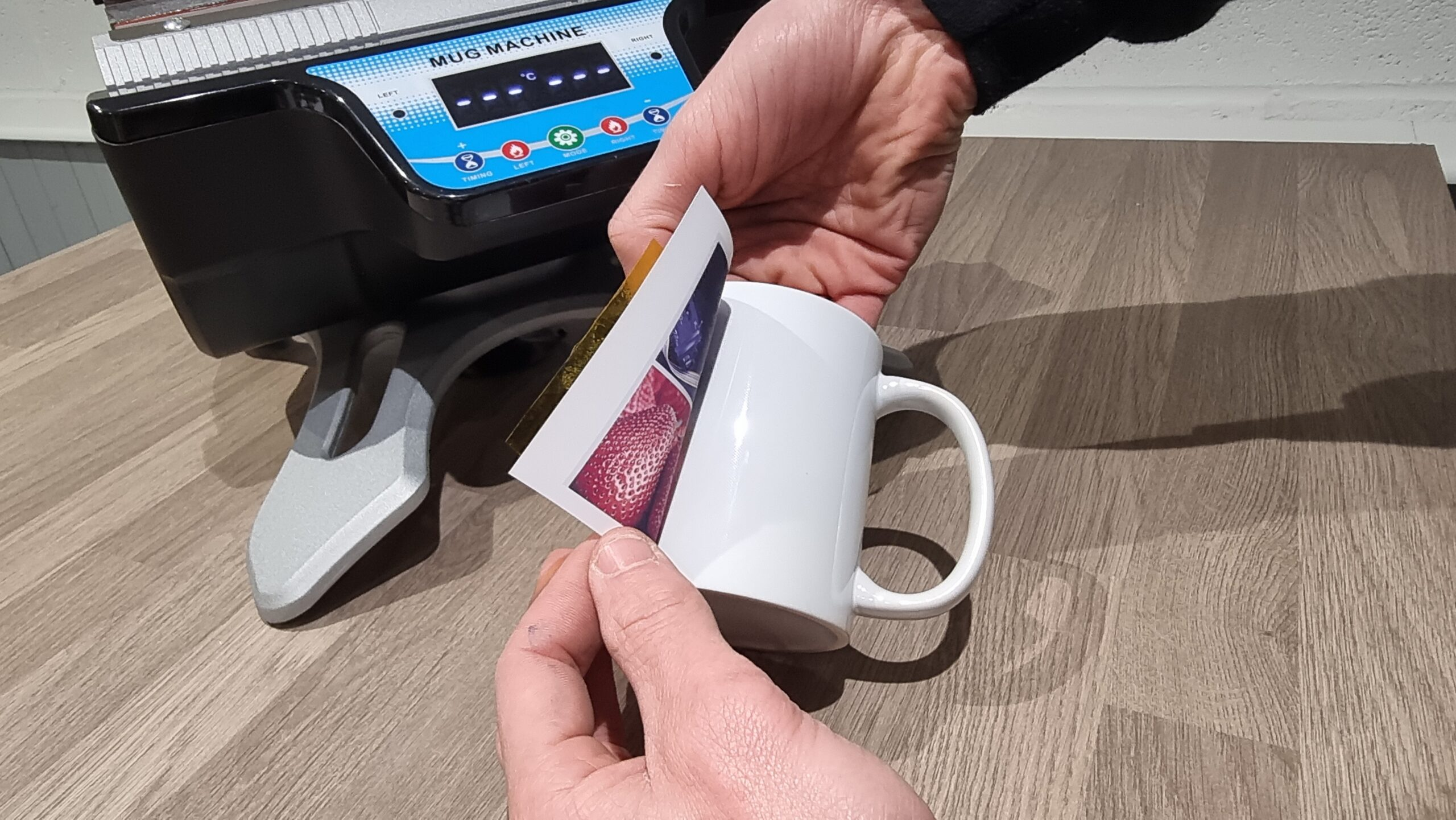
Now that you have a solid understanding of dye sublimation printing and its advantages, it’s time to get started on your own projects.
In this section, we’ll provide a step-by-step guide to help you set up your equipment, design your project, and print and press your final product, ensuring a successful dye sublimation experience.
Setting Up Your Equipment
The initial step towards beginning your journey with dye sublimation printing involves setting up your equipment. You’ll need a dye sublimation printer equipped with sublimation ink, a heat press or mug press, and special sublimation paper.
Follow the manufacturer’s instructions and prompts to check and initialise the cartridges. Make sure to select the right type of paper and adjust the printer settings, such as turning off high speed, enabling the best quality printing, and selecting a matte paper setting.
Proper equipment setup guarantees a seamless initiation of your dye sublimation printing journey.
Designing Your Project
After setting up your equipment, you proceed to the design phase of your dye sublimation project. There are various software options available for creating your designs, such as:
- Photoshop
- Illustrator
- Inkscape
- Gimp
- Canva
- Affinity Designer
- Procreate
- And more.
When designing, consider the substrate you’ll be printing on, the size of your design, and the colours you’ll be using. It’s also important to use ICC printer profiles, which are specific to the ink used with a printer and can significantly enhance the colour of sublimation prints.
With the right design software and considerations, you can create stunning, high-quality dye sublimation projects.
Printing and Pressing Your Project
Once your design is prepared, you can proceed to print and press your project. First, make sure to use a printer with sublimation ink and sublimation paper, and verify the heat press temperature for optimal results.
Next, secure the sublimation paper to the blank using heat-resistant tape or adhesive spray. Adjust the temperature and time settings on your heat press according to the manufacturer’s guidelines and the specific product being printed.
After pressing, evaluate the results, ensuring that the colours are vivid and the design is precise. Adhering to these steps will lead to successful dye sublimation printing, yielding high-quality and enduring prints.
Summary
In conclusion, dye sublimation printing is a versatile and powerful method for creating vibrant, long-lasting prints on a wide variety of materials. From understanding the science behind the process to selecting the right equipment and designing your projects, this comprehensive guide has provided you with the knowledge and tools needed to succeed in dye sublimation printing. With its numerous advantages and endless possibilities, it’s no wonder that dye sublimation printing is quickly becoming a popular choice for both personal and professional projects. Now, it’s your turn to unleash your creativity and explore the world of dye sublimation printing!
Frequently Asked Questions
What is dye sublimation?
Dye sublimation is a digital printing technology that uses heat transfer to apply an image to the intended substrate. This process is commonly used for decorating apparel, signs, banners, and other items with sublimation-friendly surfaces.
What is the difference between digital printing and dye sublimation?
Digital printing involves applying ink directly onto a material's surface, while dye sublimation prints are infused into the material itself, meaning that they are much more durable and can't be scratched, chipped or peeled.
Is dye sublimation good quality?
Dye sublimation offers outstanding print quality with vibrant colours and sharp details that won't fade, crack, or peel over time. It is also water-proof and longer-lasting than traditional inks, making it a great choice for quality prints.
Is dye sublimation long lasting?
Dye sublimation is known for producing prints that are exceptionally long-lasting and slow to fade.
What is dye sublimation printing?
Dye sublimation printing is a process using solid inks that are heated and transition directly into a gaseous state, thereby bypassing the liquid form. This process is often used in freeze-drying applications.